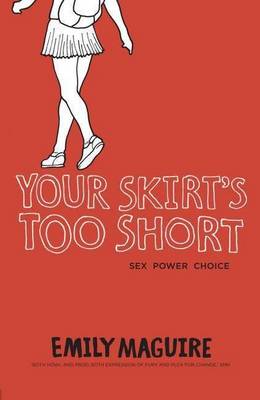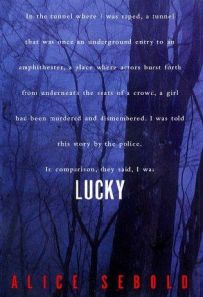 There has been a notable surge in narrative non-fiction on the idea of misogyny in Australia (the excellent Night Games: Sex, Power and Sport by Anna Krien and The Misogyny Factor by Anne Summers). It has become quite topical due to several high profile events within the last year, most notably the rape and murder of Jill Meagher and the axing of our first female Prime Minister, Julia Gillard.
There has been a notable surge in narrative non-fiction on the idea of misogyny in Australia (the excellent Night Games: Sex, Power and Sport by Anna Krien and The Misogyny Factor by Anne Summers). It has become quite topical due to several high profile events within the last year, most notably the rape and murder of Jill Meagher and the axing of our first female Prime Minister, Julia Gillard.
This essay begins with one of the more memorable speeches Julia Gillard made during her term. The speech is not one on politics but rather, an accusation against the male members of the opposition party (namely, the opposition leader Tony Abbott) for constantly viewing the Prime Minister of Australia as a woman first and foremost. The constant gender jibes and insults that Gillard has had to put up with during her term that, arguably, a male PM would have not had to endure. Gillard’s personal life was particularly under scrutiny as she is also unmarried, in a defacto relationship and has never had children (“deliberately barren”, as a shock jock elegantly phrased it).
Aside from that, Goldsworthy leads into a lively discussion of what feminism is in today’s society when many in the younger generation have eschewed that term. Have we really come as far as we had hoped as a society where there is gender equality?
The essay also briefly explores the perception of the female as a writer as Goldsworthy wonders about
… the suggestion that women – by writing about ‘smaller’ topics such as friendship, motherhood and domesticity – ghettorise themselves from a male readership. Similar criticisms have rarely been made of the male writer, lovingly documenting his midlife crisis. The assumption is that women, as the accommodating sex, are better prepared to read across gender. – p. 32
I think that is an excellent point. I think awhile ago, there was a discussion on the idea of ‘gender’ writing. Is there really such a thing? Can you really tell if an author is female/male/ungendered exclusively by their writing? From authorship Goldsworthy moves across to the image of the woman and how she constructs herself. No matter what she does, she will always have preconceived expectations on her simply because she is female. The way she does or does not do her hair, make-up and the amount of clothing she wears. She will be under scrutiny no matter what she does despite the progress society has seemingly made:
As clothing continues to disappear, the body itself becomes more stylized. The gowns of our forebears may have been restrictive, but they concealed any number of modern-day female sins – cellulite, varicose veins, leg hair, armpit hair, pubic hair. The more we were liberated from these garments, the fiercer the scrutiny we stepped into. – p. 41
We may be out of the corsets but are we even now more restricted by the invisible cage built around us? The cage we build around ourselves to fit into society?
A very interesting essay and it’s also a reminder that despite the progress in society, we still have a way to go to achieve gender equality.
Here is the video of that speech by Julia Gillard that made such an impact:



